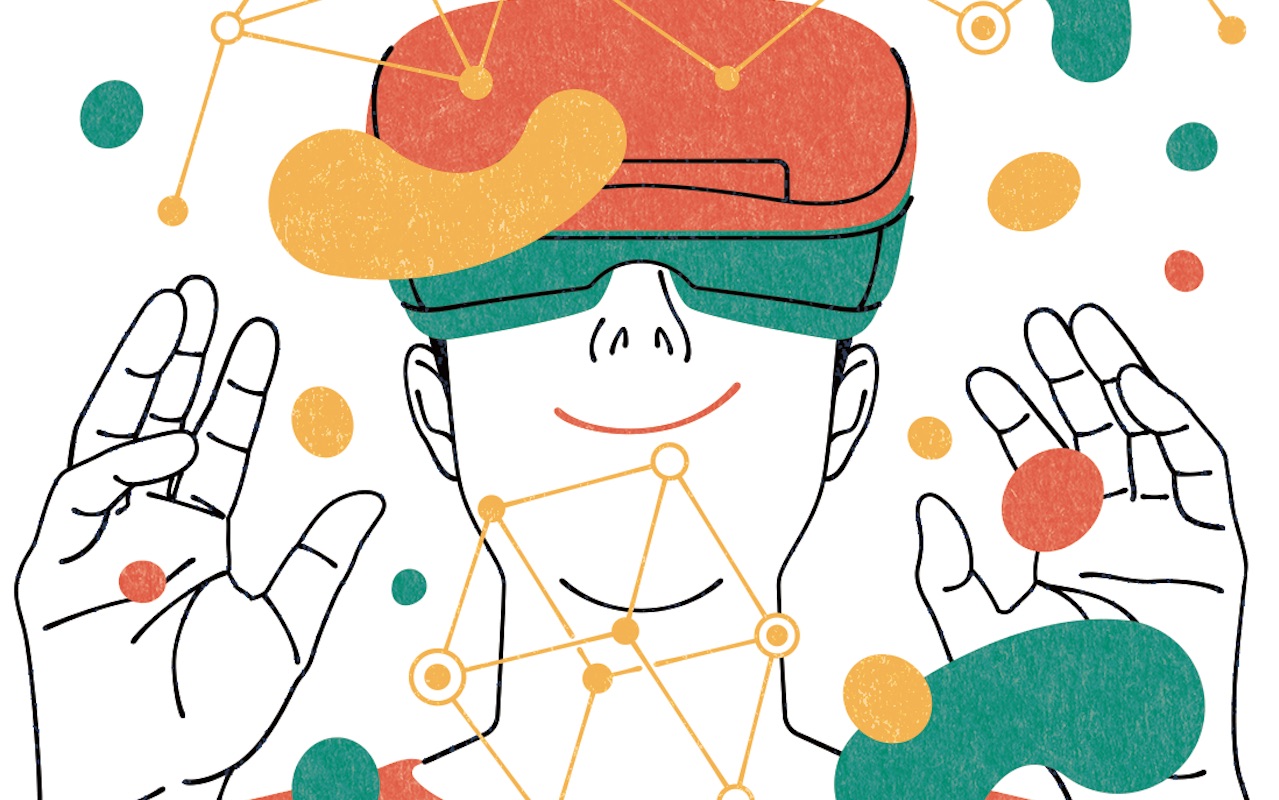
In the past, Europe and America prescribed the canons of what constitutes art or what is considered valuable. Their authority is now being challenged, leading to new ways of appreciation. We no longer have to look only to the likes of Venice for inspiration or paradigms – instead, we can propose our own.
My aim as a curator is to help Asia be more assertive about its distinction as a place where art is produced and disseminated – to be confident to reach out and be a part of a wider conversation.
“A world with access to and an understanding of art can be a kinder world”
Contemporary art deals with complex issues that the world is facing. It’s layered, often with dense references not readily apparent to the audience or even the artists. To have understanding takes a different intellectual labour that requires an investment in the experience.
Instead of fighting the difficulty, the audience can perhaps possess more patience, thinking of it as the nature of experiencing contemporary art. With the help of institutions, seminars, talks and public programmes, we can gradually initiate the audience in engaging with its complexities.
 Nowadays, there is too much spectacle through media, advertising and other forms of consumerism. We have somehow lost the imagination to deal with objects or events on our own using individual methods of processing. At this year’s Singapore Biennale, titled “Every Step in the Right Direction”, we invite audience members to make decisions, and to carry them out by making that first critical step.
Nowadays, there is too much spectacle through media, advertising and other forms of consumerism. We have somehow lost the imagination to deal with objects or events on our own using individual methods of processing. At this year’s Singapore Biennale, titled “Every Step in the Right Direction”, we invite audience members to make decisions, and to carry them out by making that first critical step.
By featuring works that can recover an attentiveness to the everyday and its ecology, we hope to renew a necessary sense of curiosity. After all, the everyday is linked to a wider world history, our memories and speculation of the future – it’s not confined to just routine, banal moments.
For example, pioneer performance artist Amanda Heng, known for her work Let’s Walk, brings another iteration of this practice to the programme. By inviting people to walk together around the city, she encourages a reflection on memory and one’s relationship to a place, but also disrupts it in the same moment through collective introspection.
>70: Number of artists whose works will be featured at the 2019 Singapore Biennale
Meanwhile, sonic artist Arnont Nongyao from Chiang Mai has made his own improvised, low-tech instruments to record, in real-time, soundscapes from busy contact zones such as local markets.
There is a spectrum of possibilities to construct experimental experiences – from analogue to homegrown technology and even digitally dependent forms such as virtual reality. At the Singapore Biennale, we wish to inspire creativity and creation. Indeed, a world with access to and an understanding of art can be a kinder world.
Illustrations by Kouzou Sakai
SEE ALSO: Opinion: The (necessary) convergence of art and science
This article was originally published in the November 2019 issue of SilverKris magazine
The post Opinion: Art can reignite a sense of curiosity and attentiveness appeared first on SilverKris.
from SilverKris
No comments:
Post a Comment